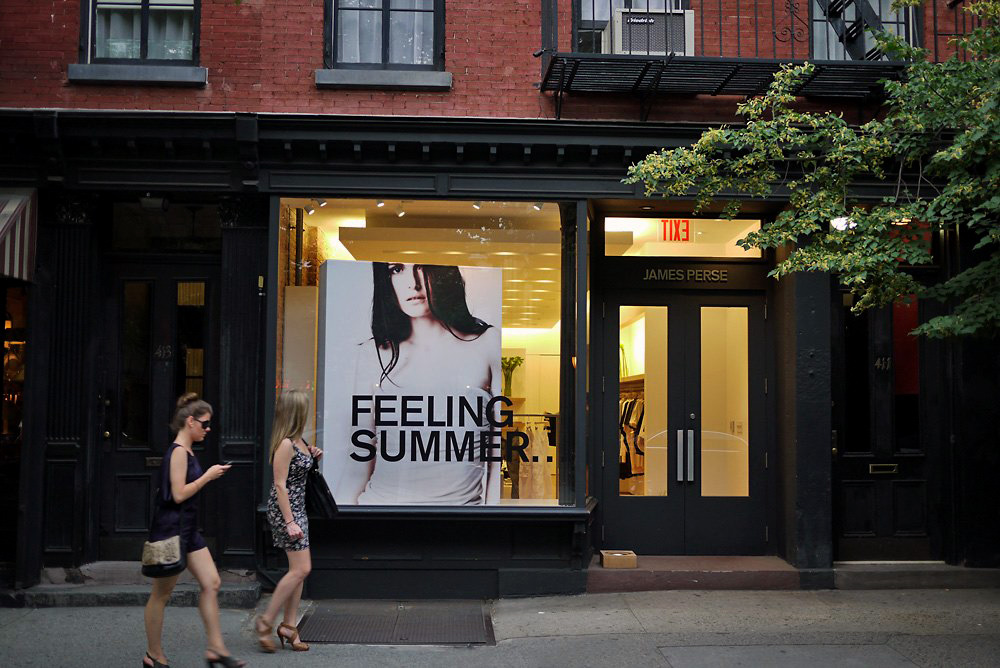
I'm on my way back to New York from teaching a multimedia class at the Foundry Photojournalism Workshop in Istanbul, and thought it opportune to announce that my first photo~expedition in 2011 will be to Gujarat, India. I have yet to pinpoint the dates, but I am leaning towards January 23 to February 6, 2011.
The Travel Photographer's In Search of Sufis photo~expedition will focus on the visual exploration of the syncretism which exists between Islam (especially Sufism) and Hinduism. Syncretism is the combination of disparate or contrary beliefs, often fusing practices of various traditional philosophies.
This expedition will travel in the southern peninsula of Gujarat, and photograph at the various Sufi shrines/darghas as well as Hindu temples, where a multitude of pilgrims arrive to supplicate. It will also include a foray in the tribal belt of Kutch to document the unaltered ways of life of the area, to include religious rituals exclusive to Gujarat.
The maximum number of participants is 5 (excluding myself), and participation will be based on a brief portfolio review. This photo~expedition is not for first-timers to India, is for self-starters and requires an interest in Indian religious traditions. It will include coaching in multimedia techniques and story-telling.
The photo~expedition will commence and end in Ahmedabad, which is well served by flights from Delhi and Mumbai. Hotel accommodations will range from 4-star hotels in the larger cities/towns to whatever is available in the more remote areas.
Details of the photo~expedition and its itinerary will initially be announced to my newsletter recipients in a few days, and then to the general public via this blog.
This photo~expedition is inspired by the remarkable work of my friend Asim Rafiqui as per his The Idea of India project.


























